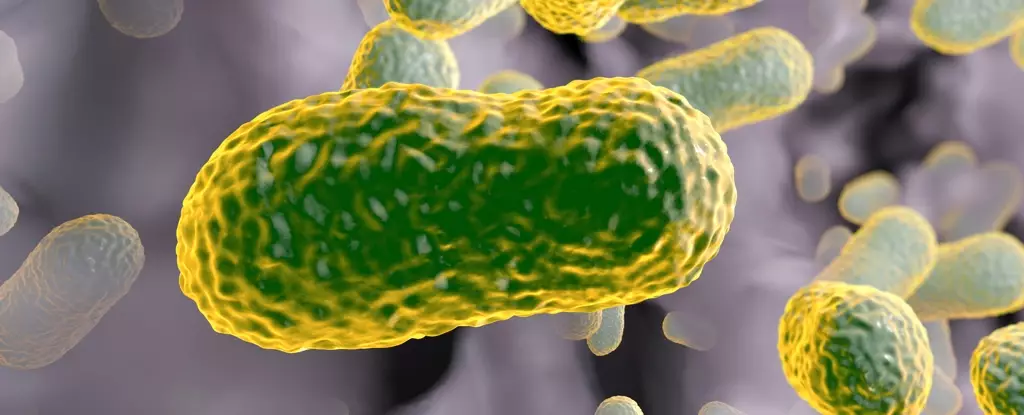For more than eight decades, the world of medicine has been shaped by the discovery and implementation of antibiotics. The mid-20th century marked what is often referred to as the ‘golden age’ of antibiotic development, wherein groundbreaking compounds emerged, revolutionizing the treatment of bacterial infections. However, as the years have passed, the landscape of bacterial resistance has evolved, giving rise to a troubling phenomenon—drug-resistant superbugs. Despite the initial promise of many antibiotics, including some that were discovered during this golden era, a startling number have been abandoned due to safety concerns or ineffectiveness against the evolving bacteria they were designed to combat.
A prime example of a potentially powerful yet forgotten antibiotic is streptothricin, initially isolated in the 1940s. Researchers recognized its potential against gram-negative bacteria, which represent a critical challenge in antibiotic treatment due to their unique structural defenses. Gram-negative bacteria, unlike their gram-positive counterparts, have an outer membrane that renders many existing antibiotics ineffective. As the pharmaceutical industry grapples with these hurdles, it becomes imperative to revisit and reevaluate historical compounds that may hold the key to combating these formidable pathogens.
Recently, attention has shifted back to streptothricin, now explored under the name nourseothricin. A renewed interest in this antibiotic signifies a broader recognition within the scientific community of the urgent need for alternatives to combat multi-drug resistant bacteria. Researchers, including pathologist James Kirby from Harvard University, are spearheading this revival, urging that the time has come to leverage the untapped potential of previously overlooked antibiotics. The call to action is supported by the World Health Organization’s 2017 report on the most dangerous drug-resistant pathogens, which predominantly spotlighted gram-negative bacteria.
As Kirby and his colleagues delve into nourseothricin’s properties, they uncover a complex mixture of antibiotics, including various strains, such as streptothricin F (S-F) and streptothricin D (S-D). While initial studies indicated toxicity issues related to kidney health for some components, promising results have emerged particularly from S-F. This variant presents a brighter future in antibiotic therapy, demonstrating potency against drug-resistant gram-negative strains without significant toxicity in laboratory settings.
The implications of these findings are significant, especially in light of the ongoing battle against multi-drug resistant pathogens. As Kirby articulates, the microbes’ evolutionary arms race has equipped soil-dwelling bacteria with the ability to synthesize antibiotics capable of penetrating the defenses of gram-negative bacteria. This understanding compels researchers to rethink the traditional development pathway, focusing on natural products that have adapted through time.
S-F’s capacity to combat resistant infections in mouse models while maintaining a low toxicity profile presents an exciting prospect for medical research. Investigating the precise mechanisms by which these antibiotics disrupt bacterial protein synthesis could pave the way for innovative treatments. Understanding the strategies used by compounds like S-F might inspire a new generation of antibiotics, retaining efficacy against continually evolving bacterial threats.
The potential rejuvenation of antibiotics such as nourseothricin illustrates the importance of looking back to move forward. Emphasizing the need for continuous exploration and adaptation within antibiotic research is crucial, particularly as superbugs become increasingly prevalent. With bacterial resistance on the rise, the scientific community must embrace both past discoveries and modern technologies to develop therapies that can effectively address current medical challenges.
The revival of streptothricin, now reanalyzed as nourseothricin, underscores a critical shift in how we approach antibiotic research. By acknowledging the lessons from past experiences, we can cultivate a culture of innovation capable of meeting the pressing demands of today’s healthcare landscape. As researchers delve deeper into the nuances of this compound, the hope remains that it—alongside other rediscovered antibiotics—holds the key to unlocking new treatments in the ongoing fight against drug-resistant bacteria.


Leave a Reply